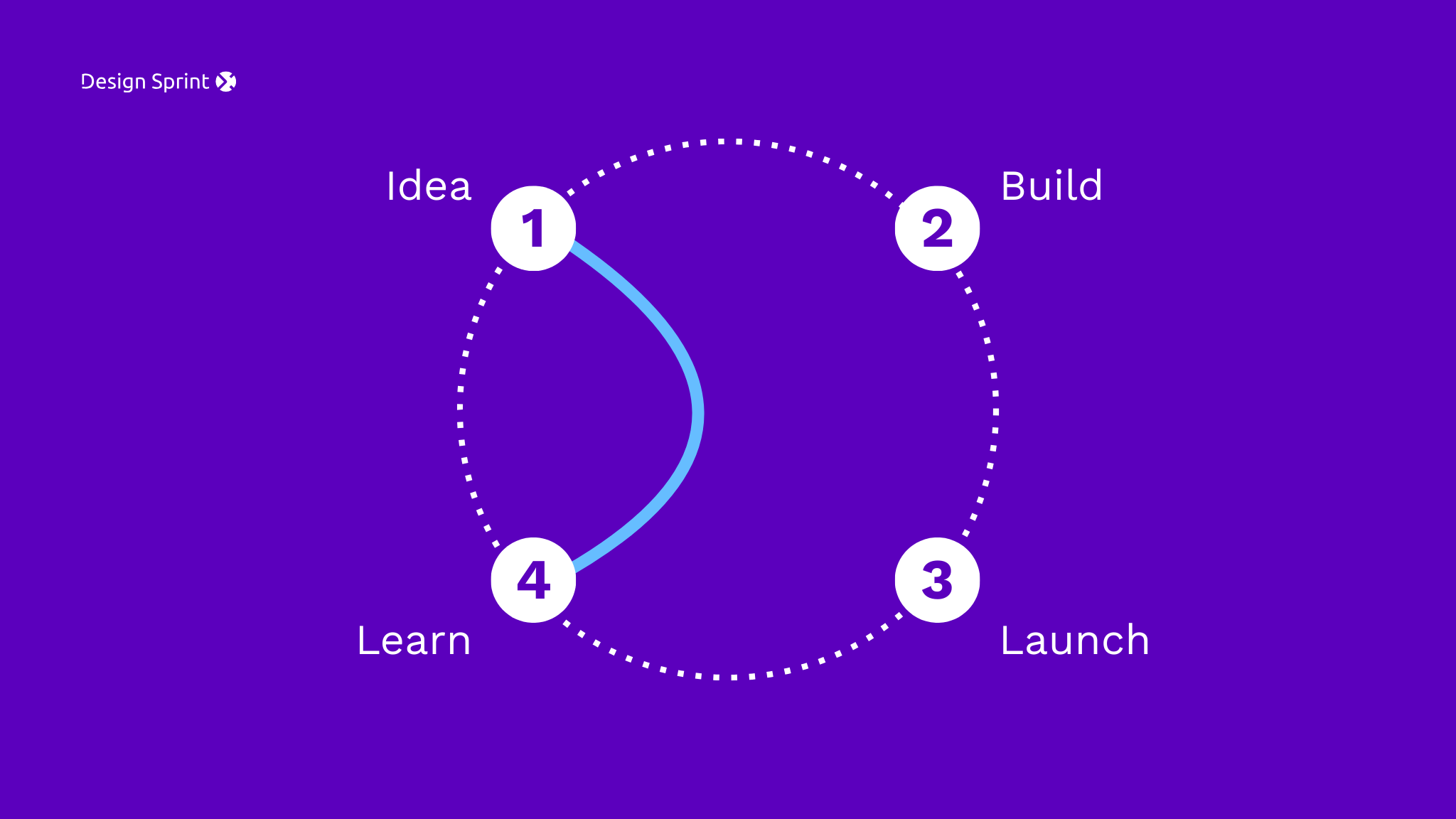The high cost of slow decisions: why organisations need Design Sprints more than ever
The sprint methodology
In most organisations, slow decisions don’t show up on a balance sheet. There’s no neat line item called “lost momentum” or “weeks wasted in meetings.” Yet, indecision is quietly one of the most expensive problems inside the business, eroding budgets, delaying growth, and exhausting teams.
The problem isn’t a lack of expertise. Most companies are filled with smart, capable people. The issue is complexity. More stakeholders, more priorities, more data, more meetings. And instead of clarity, teams get caught in cycles of debate, PowerPoints, endless approvals, and cautious, watered-down compromises.
Complexity kills speed, and speed drives performance
McKinsey put it simply: organisations that make decisions faster — and with higher quality, are twice as likely to deliver superior financial returns (McKinsey, 2019).
That speed isn’t about being reckless. It’s about creating an environment where decisions are made quickly because the right people are aligned, the right information is surfaced, and unnecessary debate has been removed. When companies delay decisions, product launches slip. Strategic moves stall. Revenue is left sitting on the table while competitors move.
The hidden costs you don't see
Beyond missed revenue, the cost of indecision runs deeper.
Burned-out teams: Harvard Business Review reports that 65% of managers cite decision complexity as a major source of frustration. When decisions stall, energy drains, morale drops, and high performers disengage.
Wasted resources: Gartner estimates up to 20% of project budgets are wasted due to misalignment and slow decision-making. That’s money spent building the wrong thing — or building nothing at all.
Organisational inertia: The longer decisions drag, the harder it becomes to act. Caution becomes the default posture, even when action is desperately needed.
And perhaps most dangerously, indecision creates an illusion of safety — when in reality, doing nothing is often the biggest risk.
Traditional processes weren’t designed for speed
Most organisations still rely on processes that reward alignment through volume — more meetings, more documents, more versions of the same deck. But more inputs don’t equal better decisions. Often, they simply delay them.
What’s missing isn’t more information. It’s structured clarity. A way to quickly bring the right people together, cut through assumptions, surface the real risks, and test solutions early — before months of budget are committed.
This is exactly where design sprints excel
At Design Sprint X, we work with leadership teams facing exactly this problem. Design Sprints aren’t a creative workshop — they’re a decision-making system built for complex organisations.
In five focused days, a Design Sprint allows teams to:
Align quickly around the problem that matters most.
Prioritise ideas that directly solve that problem.
Prototype solutions that can be tested with real users.
Gather data fast, so decisions are based on evidence — not opinion.
Suddenly, months of debate shrink into one structured, high-quality decision cycle. Google Ventures reports that teams applying Sprint principles regularly compress 3 to 6 months of debate into a single week — with better outcomes, lower risk, and higher confidence.
The real cost isn’t moving fast — it’s moving slowly
When we work with enterprise teams, we hear the same thing over and over: “We know what we need to do — but getting there takes forever.” The solution isn’t more analysis or bigger meetings. It’s a system that removes friction.
Design Sprints give leadership teams a structured, proven way to protect budgets, make faster decisions, and move forward with confidence — all while surfacing the unknowns early, not after six months of development.
In 2025, the companies that win won’t be the ones who debate the longest. They’ll be the ones who act, learn, and adapt faster than anyone else.
If your team is spending months debating your next move — it’s not a problem of resources. It’s a problem of process. And it’s entirely fixable
Take the quick quiz
Discover if a Design Sprint is the solution your team’s been waiting for.
Find out whether you should run a Sprint, train your team to run one, or simply tweak how you collaborate.

